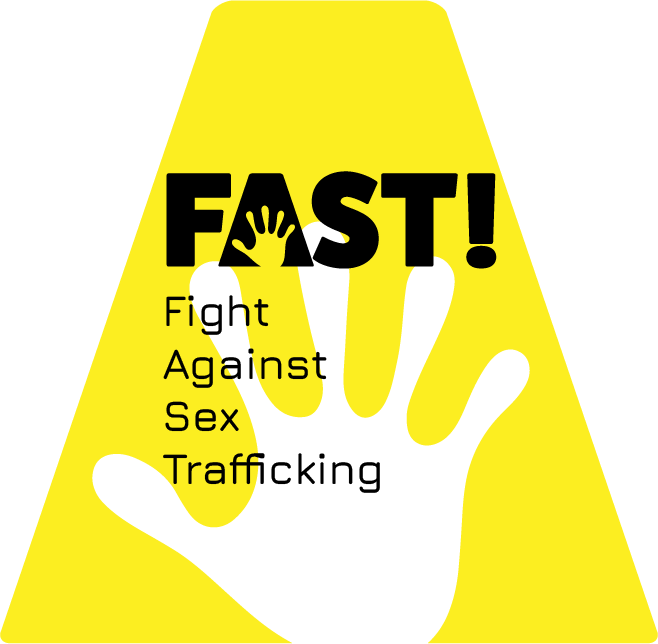Human Trafficking Myth vs Reality. In the prevailing narrative, the specter of human trafficking often conjures images of shadowy illegal enterprises, hidden from the public eye. However, the stark reality tells a different story, challenging the common myth that human trafficking exclusively thrives in clandestine, underground industries.
Human trafficking cases have emerged across a spectrum of legitimate sectors, debunking the notion that exploitation is confined to the shadows. The illusion that only illegal enterprises are breeding grounds for trafficking victims collapses in the face of documented cases in seemingly ordinary industries. Restaurants, cleaning services, construction, factories – these sectors, integral to our daily lives, have not been immune to the insidious reach of human trafficking.
Human Trafficking Myth vs Reality
One poignant example is the United Arab Emirates (UAE), where human trafficking has been reported and prosecuted across various industries. The UAE, known for its rapid development, has confronted the challenge of trafficking not only in underground operations but also within sectors vital to its economic growth. Cases involving forced labor in construction, exploitation in restaurants, and coercion in cleaning services have all been brought to light, underscoring the need to dispel the myth that trafficking exists only in the margins of society.
By acknowledging the ubiquity of human trafficking across legal industries, we empower ourselves to confront the issue head-on. Awareness, education, and vigilance must extend beyond the shadows to create a world where exploitation has no refuge, regardless of industry.
Shattering the myth is the first step toward building a society that actively protects the vulnerable and upholds the principles of justice and human rights.



